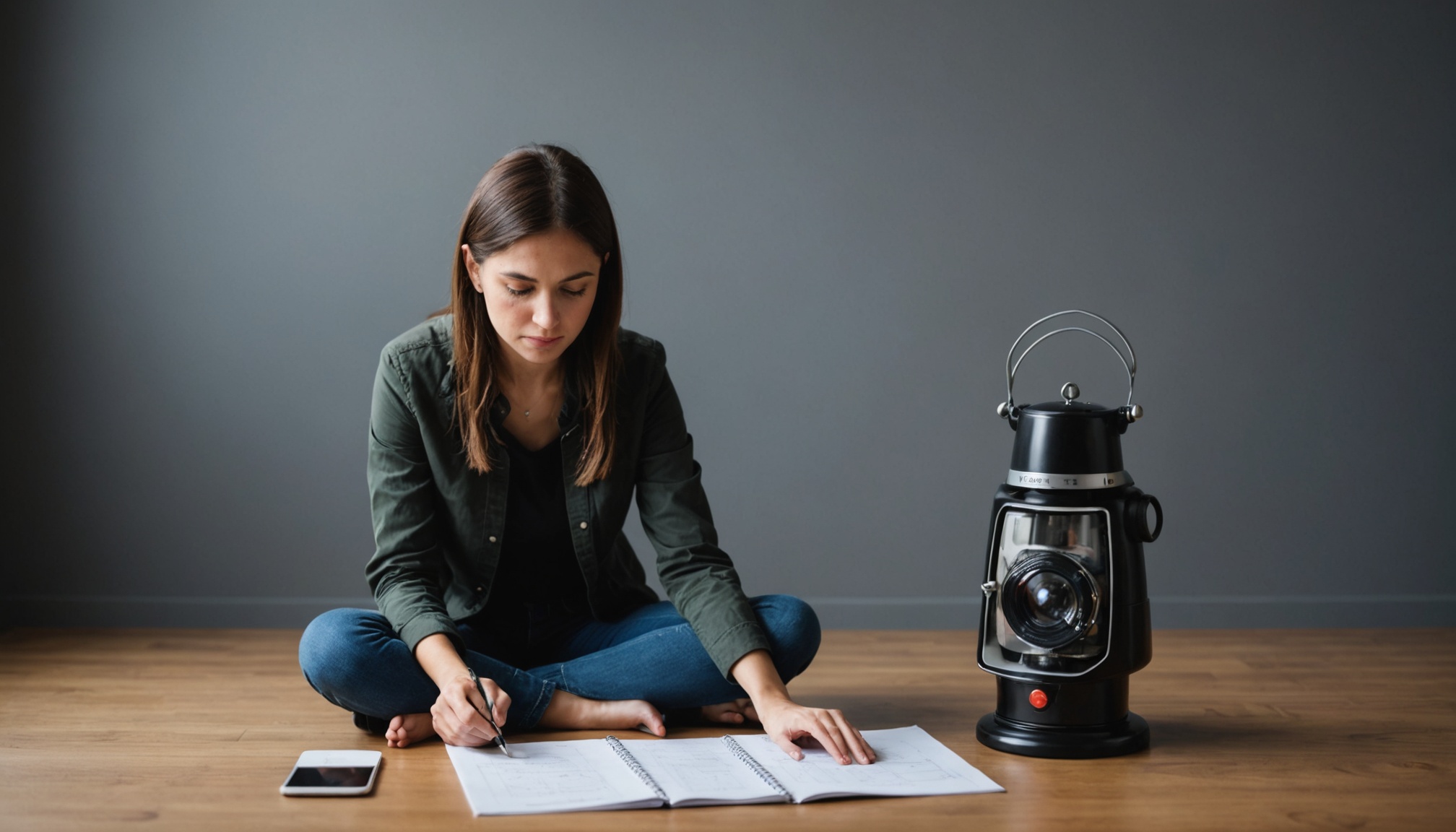Feeling overwhelmed by anxiety can leave you searching for clarity and control. This checklist, containing 93 actionable steps, acts as your guide to understanding and managing anxiety. From self-assessment questions to recognizing triggers, these resources empower you to take charge of your mental health. Explore this comprehensive tool to enhance your well-being and foster connections with supportive communities along the way.
Understanding Anxiety and the Importance of Self-Assessment
Anxiety disorders are among the most common mental health issues today, affecting millions globally. Recognizing the symptoms early is crucial. Tools like the Generalized Anxiety Disorder (GAD-7) scale play a significant role in this awareness. The GAD-7, developed by Dr. Robert L. Spitzer and team, is extensively used for self-assessment. It features a simple, yet effective, seven-question format that measures symptoms such as excessive worry, restlessness, and irritability.
In the same genre : Top Low-Impact Cardio Workouts for Easing Knee Pain: Find Your Ideal Routine!
Self-assessment tools do not replace professional diagnosis but serve as an initial step in understanding one’s mental health. They allow individuals to monitor their anxiety levels effortlessly. For those seeking structured guidance, comprehensive resources like the Anxiety Checklist offer over 93 actionable steps. You can review these detailed measures at Learn more now.
Emphasizing self-assessment helps discover the extent of anxiety affecting daily life, including work and relationships. It encourages individuals to seek appropriate support when necessary. Accessible in various languages, from English to Spanish, these resources ensure inclusive and thorough support, inviting users to take control of their mental health proactively.
Also read : Unlocking Post-Surgery Healing: The Impact of Deep Breathing Techniques on Recovery
Comprehensive Anxiety Symptoms Checklist
Key Symptoms of Anxiety Disorders
Anxiety disorders can manifest through various symptoms that may significantly impact an individual’s daily life. The most common anxiety symptoms checklist identifies persistent feelings of worry, restlessness, and irritability. Additional signs include difficulty concentrating, disturbed sleep, and experiencing physical symptoms such as muscle tension and increased heart rate. These symptoms can disrupt personal and professional relationships, requiring effective coping mechanisms to manage anxiety effectively.
Physical vs. Psychological Symptoms
Anxiety disorders present both physical and psychological symptoms that are crucial to recognize. Physically, individuals may experience sweating, trembling, or dizziness, often mistaken for other health conditions. Psychologically, anxiety can cause pervasive thoughts of fear and dread, impacting one’s ability to function. To accurately assess these symptoms, tools such as the Generalized Anxiety Disorder signs checklist are invaluable, allowing for a deeper understanding and management plan tailored to individual needs.
Recognizing Symptoms in Children vs. Adults
Distinguishing symptoms of anxiety disorder in children versus adults can be challenging. While adults may articulate feelings of distress and unease, children frequently display anxiety through behavioral changes, clinginess, or complaints of stomachaches. The children’s anxiety symptoms checklist is essential to identify unique indicators in younger populations, promoting early intervention and tailored strategies for anxiety relief.
Identifying Triggers and Coping Strategies
Common Anxiety Triggers
Understanding triggers for anxiety is a crucial step towards managing them. Common triggers often include stressful life events, overwhelming workloads, or conflicts in personal relationships. Environmental factors like noise or crowded spaces can also contribute to anxiety symptoms. Identifying personal triggers involves paying attention to situations or thoughts that consistently provoke an anxious response. A systematic anxiety checklist can help track these patterns, supporting effective management strategies.
Effective Coping Mechanisms
Anxiety coping mechanisms involve personalized approaches to reduce stress. Practicing mindfulness techniques, such as deep breathing or meditation, can center the mind and alleviate anxiety. Regular physical activity and creative outlets also serve as effective distractions and stress reducers. An anxiety coping mechanisms checklist offers a structured way to explore and implement different strategies.
Self-Care Strategies and Daily Management
Incorporating self-care strategies into daily routine supports ongoing anxiety management. Consider setting aside time for leisure activities or hobbies that bring joy. Maintaining a balanced diet and sleep schedule further enhances emotional resilience. A daily anxiety management checklist can facilitate consistent self-care practices, ensuring that these nurturing activities become an integral part of one’s lifestyle.
Resources and Support for Managing Anxiety
Professional Help and Therapy Options
When it comes to anxiety management, seeking professional help can be pivotal. Talk therapies, such as cognitive-behavioral therapy (CBT), offer structured pathways to change negative thought patterns. Many therapists now offer virtual sessions, making access convenient and less stressful. Additionally, mental health professionals can utilize comprehensive tools like the GAD-7 test to evaluate the severity of your symptoms, paving the way for personalized interventions.
Community Support and Resources
Community-based support plays a central role in managing anxiety. Resources such as group therapy provide a supportive environment to share experiences with others. Online forums also offer a space for people to connect and exchange coping strategies. Checklists focusing on anxiety triggers and coping mechanisms highlight daily practices that can alleviate stress, and are often readily accessible through community resource websites.
Printable and DIY Tools for Self-Help
For a more personal approach, printable anxiety checklists can serve as daily guides, helping individuals self-monitor symptoms and track progress over time. Incorporating self-care strategies for anxiety, such as mindfulness exercises or journaling, empowers individuals to take control of their mental health outside of professional contexts. Emphasizing routine can significantly reduce the impact of anxiety, promoting a sense of stability and control.











